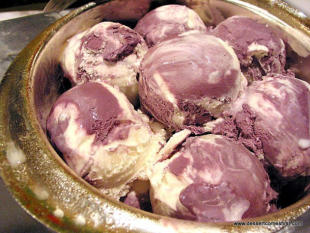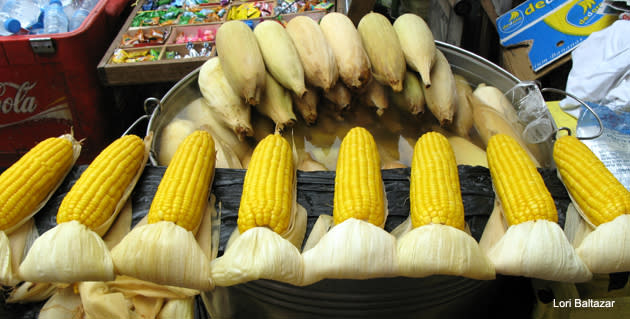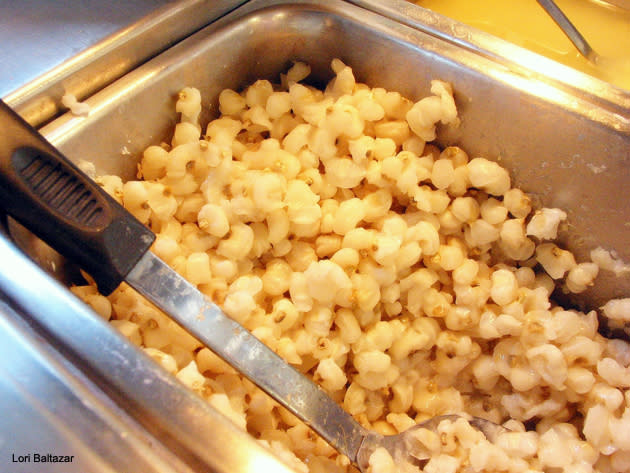Ozone Disco
Ozone Disco, on Timog Avenue corner Tomas Morato, is the most fun haunted place to check out. On March 18 1996, Ozone Disco, a then-popular dance spot, had a special no-charge night for the freshly graduated high school students. In the midst of all the partying, a fire began in the disco and the only door opened inward, trapping the panicked crowd inside. 162 lives were lost that night. Today, passersby claim to still hear disco music at night and see figures inside dancing.
Ozone Disco, on Timog Avenue corner Tomas Morato, is the most fun haunted place to check out. On March 18 1996, Ozone Disco, a then-popular dance spot, had a special no-charge night for the freshly graduated high school students. In the midst of all the partying, a fire began in the disco and the only door opened inward, trapping the panicked crowd inside. 162 lives were lost that night. Today, passersby claim to still hear disco music at night and see figures inside dancing.
Manila Film Center

The Manila Film Center at the Cultural Center of the Philippines (CCP) probably has the most famous story. Back in 1981, First Lady Imelda Marcos hosted the International Film Festival. Needing a building grand enough to house all the visiting movie stars, she built the Manila Film Center. The building had to be done in a hurry so people were working at all hours. One night, the scaffolding collapsed and trapped the workers. Rumor has it that more than 150 workers were buried and while most were dead, some could be heard calling out for help. Being pressed for time, the remaining workers were instructed to continue, so they simply poured cement over the bodies. Ever since, strange sounds can be heard coming from the building and people who walk inside get goose bumps for no reason. The Film Center is a definite stop for anyone who wants to send shivers down their spine.
Balete Drive

Balete Drive in Quezon City is known to have a certain spook factor, especially at night. It is surrounded by balete trees, the tree favored by evil spirits, and the colonial-era houses found along it are supposedly haunted. Sometime in the 1950s, a young female student was raped and decapitated by a taxi driver who was never caught. Her death was so horrible that her soul supposedly never left the area. Since then, at least three taxi drivers are said to have been found decapitated along Balete Drive. It is believed to be the work of the girl’s spirit. People have reported seeing a white lady standing at the side of the road, usually around three in morning, and, when walking along Balete Drive, suddenly feeling cold and as if they’re being watched. Balete Drive crosses Aurora Boulevard, near St. Luke’s Medical Center, Tomas Morato and the edge of Cubao; but be careful when you are in the neighborhood! People have seen a headless woman appear in their passenger seat when driving down that street.
Baguio

Baguio has the most haunted spots in the Philippines. Among others, there’s the Philippine Military Academy, the Teacher’s Camp, and the Hyatt Hotel. This could be because the city was once occupied by tribes who were forced out or killed by the American colonizers, or because residents of the city were tortured and killed by the Japanese forces. Go to Philippine Military Academy for the cadet ghosts, go to Hyatt Hotel for a headless priest, and go to Teacher’s Camp for native tribesmen.
Corregidor

Corregidor is a small island where the Spaniards built a lighthouse to help guide the ships around Manila Bay. During the American period, the island became an American outpost to watch for intruders. When the Japanese came, they overpowered and outnumbered the Americans, causing some American soldiers to shoot themselves. Those who didn’t commit suicide were forced to surrender and were tortured by the Japanese before being killed. Today, the island is a tourist attraction with its well-preserved ruins and the remaining American weaponry. At night, there have been stories of apparitions and invisible presences. Although these ghosts claim to be friendly, they are ghosts nonetheless. Sounds of hospital activities are said to be heard from the Corregidor Ruins. Sun Cruises offer day and overnight tours to Corregidor.







































